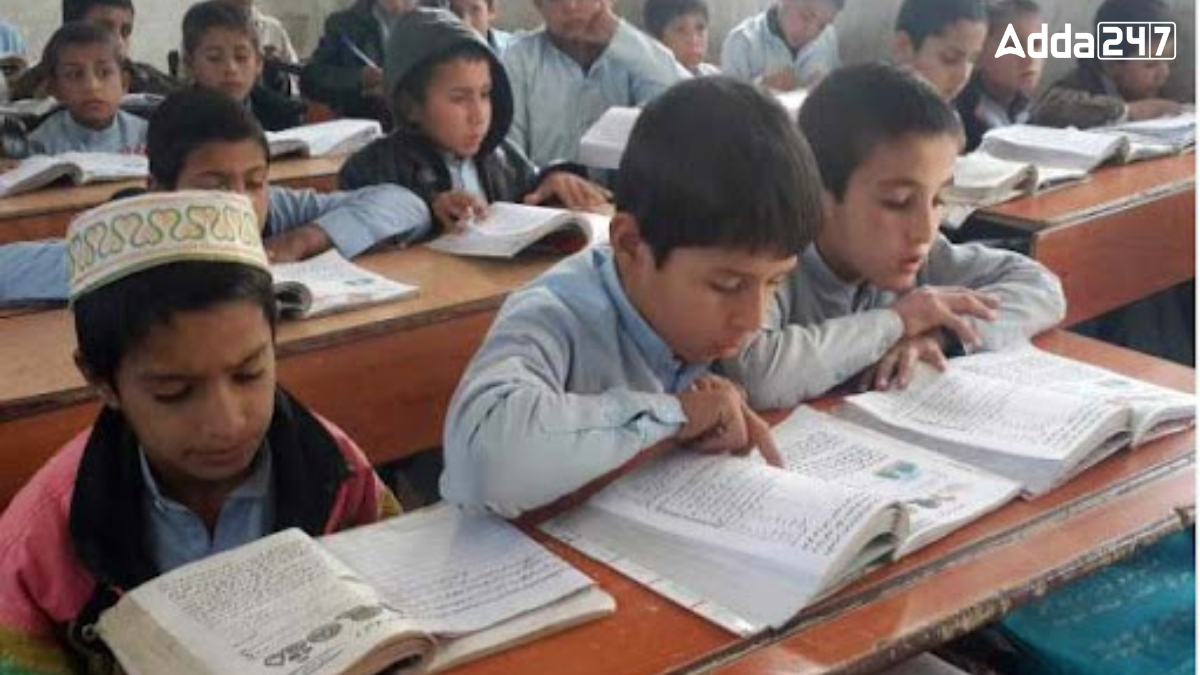While India’s overall literacy rate has improved, several districts continue to face significant educational challenges. These areas, marked by low literacy rates, struggle with issues like poverty, lack of infrastructure, and socio-political conflicts. This article highlights the top 10 districts in India with the least literacy rates, shedding light on the factors contributing to their educational disparities and the ongoing efforts to address these issues.
District with the Lowest Literacy Rate in India
Alirajpur in Madhya Pradesh has the lowest literacy rate in India as of 2024, with an average literacy rate of just 36.10%. The male literacy rate stands at 42.02%, while female literacy is significantly lower at 30.29%. The district’s low literacy levels are attributed to inadequate educational infrastructure, economic challenges, and social barriers. Efforts to improve literacy in Alirajpur include government schemes aimed at enhancing educational access and facilities for both children and adults.
Top-10 Districts with the Lowest Literacy Rate in 2024
Alirajpur with an average literacy rate of 36.10%, stands as the district with the lowest literacy rate in India, followed by Bijapur, Dantewada and Jhabua.
Here is the list of top-10 Indian districts with the lowest literacy rate in 2024:
| Top-10 Districts with the Lowest Literacy Rate in 2024 | |||||
| Rank | District | State | Average Literacy Rate (%) | Male Literacy Rate (%) | Female Literacy Rate (%) |
| 1. | Alirajpur | Madhya Pradesh | 36.10 | 42.02 | 30.29 |
| 2. | Bijapur | Chhattisgarh | 40.86 | 50.46 | 31.11 |
| 3. | Dantewada | Chhattisgarh | 42.12 | 51.96 | 32.54 |
| 4. | Jhabua | Madhya Pradesh | 43.30 | 52.85 | 33.77 |
| 5. | Nabarangapur | Orissa | 46.43 | 57.31 | 35.80 |
| 6. | Shrawasti | Uttar Pradesh | 46.74 | 57.16 | 34.78 |
| 7. | Malkangiri | Orissa | 48.54 | 59.07 | 38.28 |
| 8. | Narayanpur | Chhattisgarh | 48.62 | 57.31 | 39.88 |
| 9. | Kurung Kumey | Arunachal Pradesh | 48.75 | 55.12 | 42.64 |
| 10. | Pakur | Jharkhand | 48.82 | 57.06 | 40.52 |
Factors Affecting the Literacy of a District
- Educational Infrastructure: Availability and quality of schools and resources.
- Economic Status: Affordability and financial stability of families.
- Cultural Norms: Societal attitudes towards education, especially for girls.
- Geographical Location: Accessibility issues due to remote or difficult terrains.
- Government Policies: Effectiveness of educational programs and policies.
- Community Support: Local involvement and initiatives promoting education.
- Health and Nutrition: Impact of health issues and malnutrition on learning abilities.




 Which Country is Known as the Land of Ch...
Which Country is Known as the Land of Ch...
 Which Bird is known as the King of Birds...
Which Bird is known as the King of Birds...
 Which City of Austria is Known as the Ci...
Which City of Austria is Known as the Ci...







